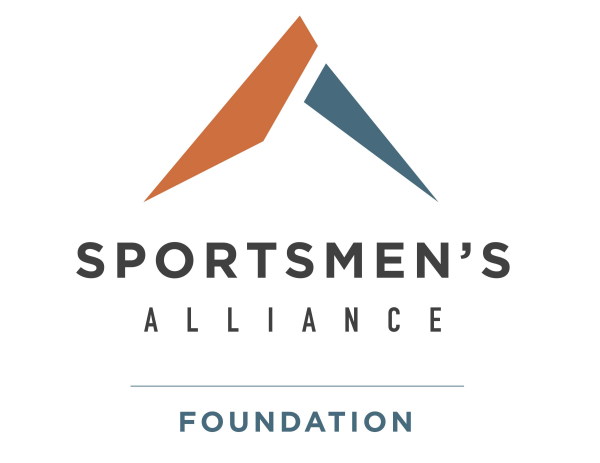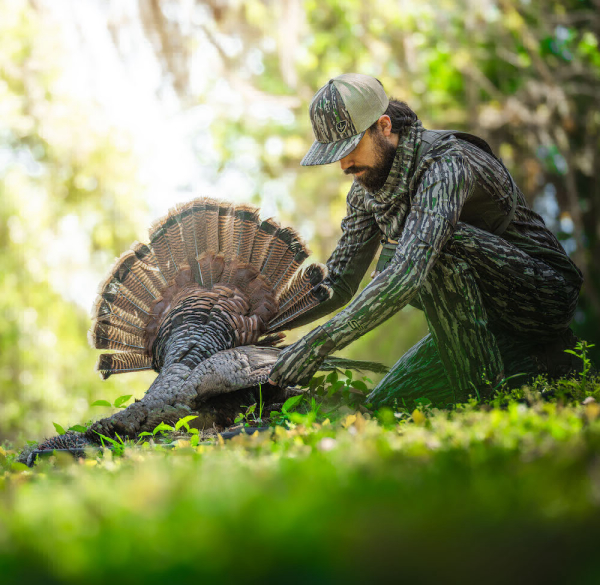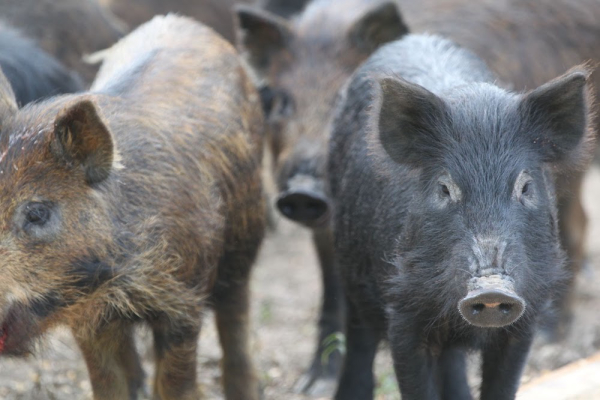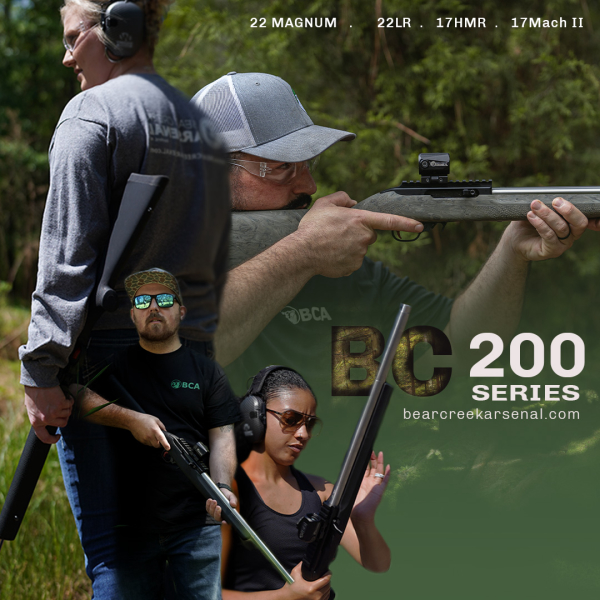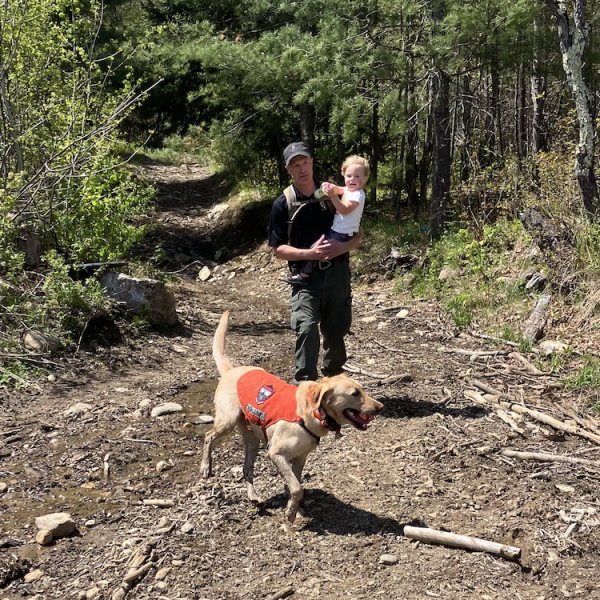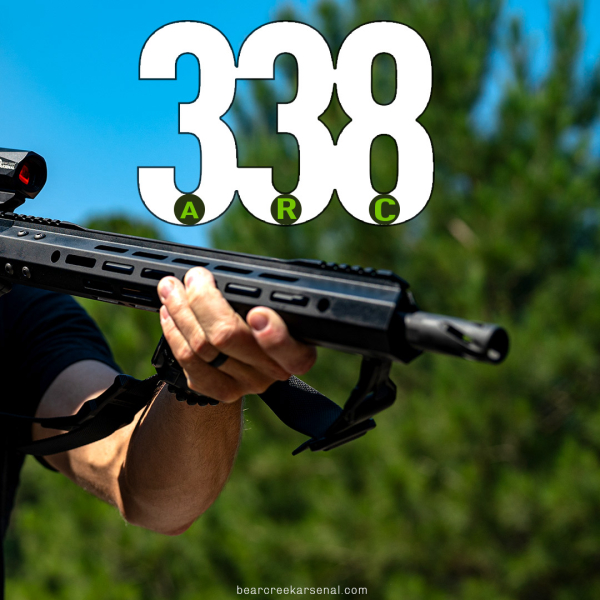Maine Warden Service K9 Koda and Game Warden Jake Voter located a missing two-year-old girl in Jay early Tuesday afternoon.
The child and her mother were together outside their home on Tripp Lane in Jay this morning. At one point while doing chores outside, the mother noticed that the toddler was missing.
After a quick search of the immediate area by family members failed to locate the child, the mother called 911 at 11:00 this morning. Due to the child’s age, multiple agencies immediately responded, including Franklin Sheriff’s Office, Jay Police Department, Jay Fire Department, Northstar EMS and 14 Maine Game Wardens including 2 Warden K9’s.
A search of the buildings and woods quickly commenced. At approximately 1:15 p.m., Game Warden Voter and K9 Koda located the child in thick brush about 300 yards northwest of the back of the house. The child was healthy and alert and had only minor scrapes received from walking through the woods. The child was quickly examined and released by emergency medical personnel and reunited with her family. ?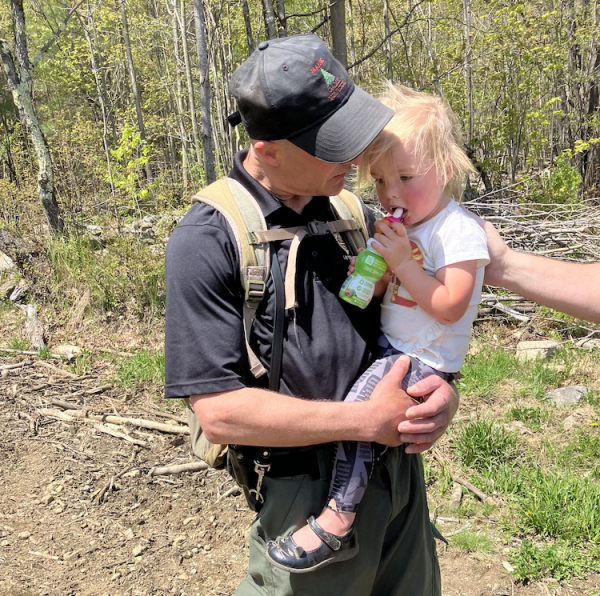
“Warden Voter and K9 Koda did an excellent job locating this young toddler in the thick woods where she was hidden by the brush,” said Maine Game Warden Sergeant Scott Thrasher, “Given the child’s age, it was important to get multiple searchers here quickly and get them searching. It was great teamwork by multiple agencies that made for a very happy ending for the toddler and her family.”
